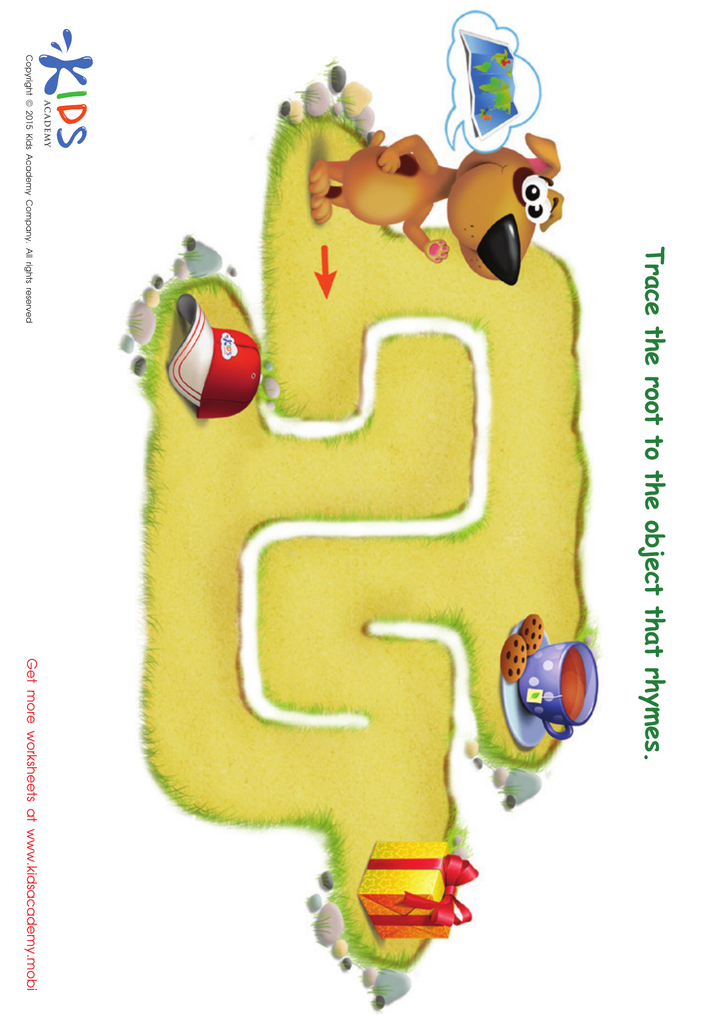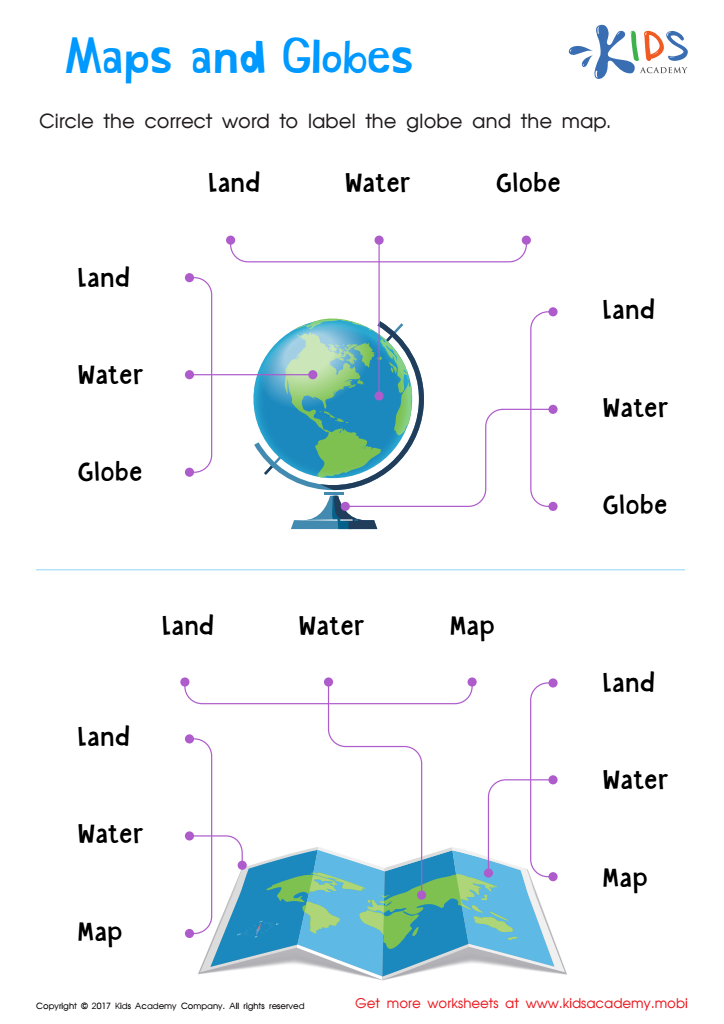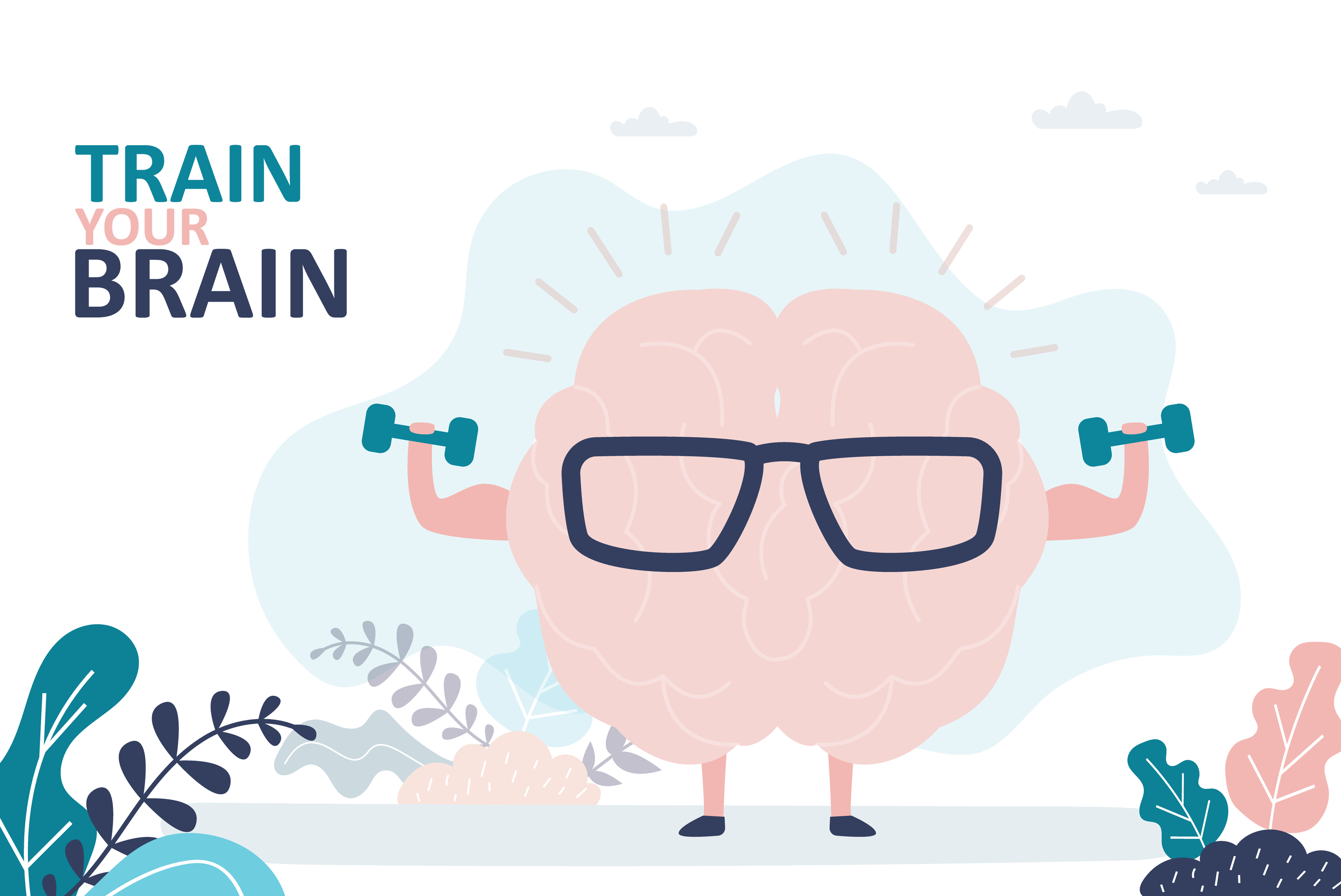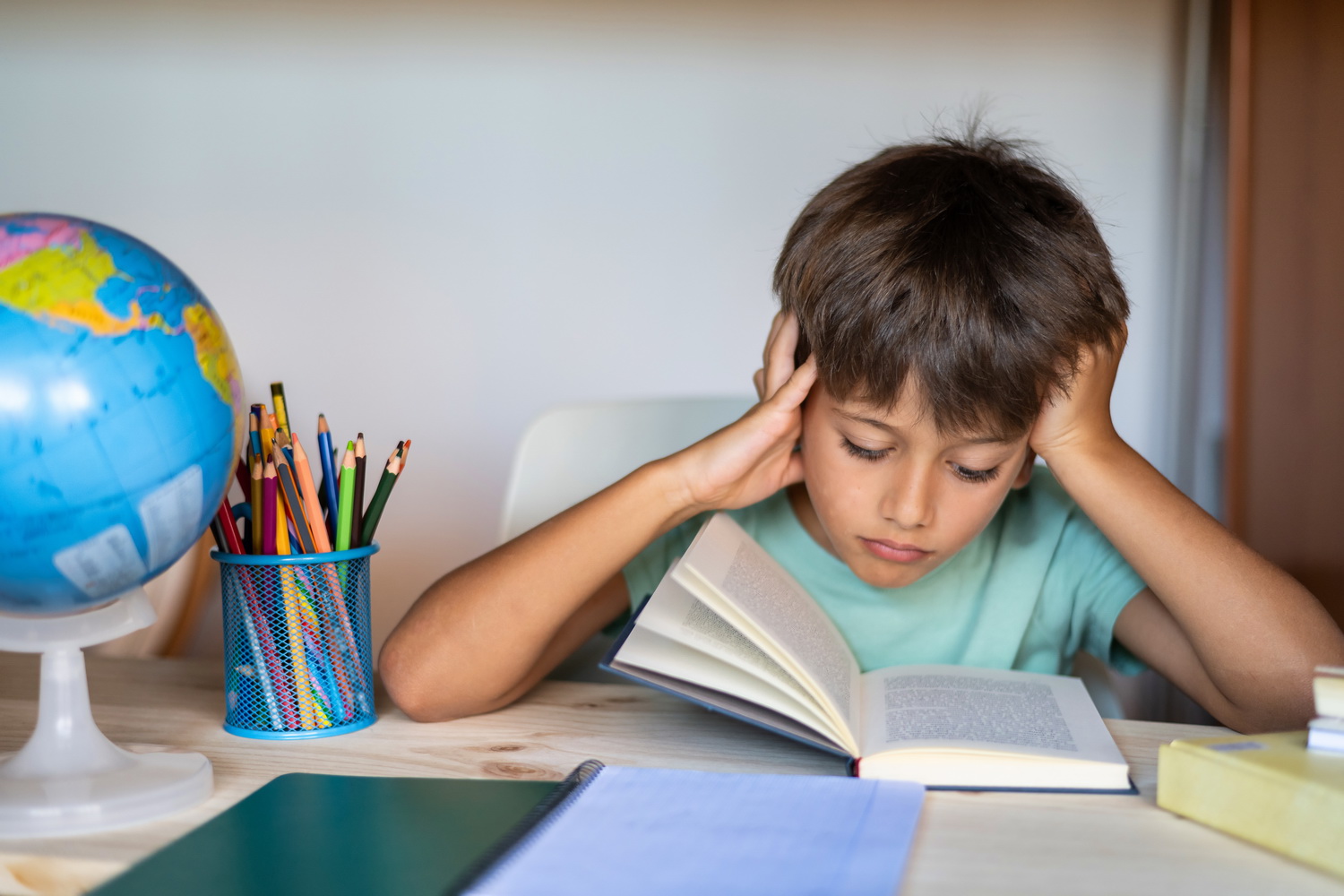Map reading Worksheets for Ages 4-7
3 filtered results
-
From - To
Explore our engaging Map Reading Worksheets designed for children aged 4-7! These fun and interactive worksheets help young learners develop essential map-reading skills through colorful illustrations and simple tasks. Children will learn to identify symbols, understand directions, and navigate different types of maps in a playful manner. Ideal for enhancing spatial awareness and critical thinking, our worksheets provide an excellent supplement to early geography skills while making learning enjoyable. Whether for home or classroom use, these resources are perfect for fostering curiosity and a sense of adventure in your little explorers. Start their map-reading journey today!


Map Rhyming Words Worksheet


Intercardinal Directions Worksheet
Map reading is a fundamental skill that offers numerous benefits for children aged 4-7. As early grade teachers or concerned parents, understanding the importance of this skill is essential.
Firstly, map reading encourages spatial awareness. Children learn to visualize and understand their surroundings, which is crucial for navigating their environments safely. By interpreting maps, they develop critical thinking skills, learning to analyze and make sense of information visually.
Secondly, map reading enhances cognitive skills. It introduces concepts of orientation, scale, and symbols, which are essential for mathematical development. Engaging with maps can fuel curiosity about geography, fostering a sense of wonder about the world beyond their immediate surroundings.
Moreover, map reading can be a fun, interactive learning activity. It promotes teamwork when done in a group setting, improving communication skills and collaboration among peers. As they work with maps, children build patience and problem-solving abilities, preparing them for more complex tasks in the future.
In summary, parents and teachers should care about map reading as it cultivates foundational skills in spatial thinking, cognitive development, and collaboration, engendering a love for learning that can last a lifetime.

 Assign to My Students
Assign to My Students




















